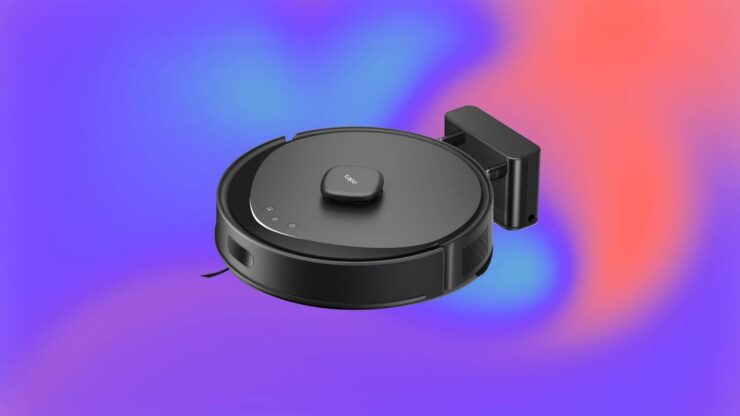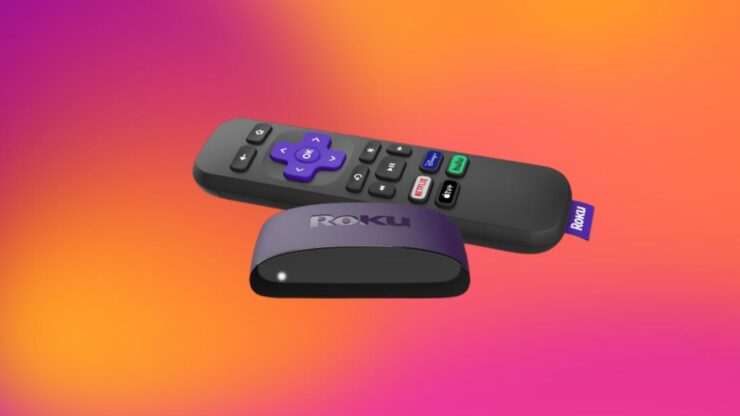We’ve been reporting Nikon Zf rumors for a couple of months now, with the highly-anticipated full-frame retro mirrorless camera creating quite a stir. Could it be a Fujifilm killer? Well, now it’s official, and having had a sneak peek at the camera ahead of its official launch during my hands-on Nikon Zf review, I think that yes, it could have the beating of Fujifilm… eventually.
Packing a lot of the same tech as the Nikon Z6 II, including 24.5MP full-frame sensor (although not the Z7 II tech we’d hoped for), plus some Nikon Z8 smarts, and firsts including AI-assisted vibration reduction, the Zf serves up a few pleasant surprises.
The pricier Zf is what the Nikon Zfc should have been from the offset – although the low-cost APS-C trailblazer serves its own purpose – and is a more powerful and smarter offering than the Nikon Df retro DSLR. It’s a full-frame mirrorless beauty based on the design of the iconic Nikon FM2 SLR camera that the likes of Sony can’t recreate. Let’s take a look at why I think the Zf will win many admirers.
(Image credit: Nikon )
(Image credit: Nikon)
(Image credit: Nikon )
(Image credit: Nikon)
It’s about the feeling
With both the Nikon Zf and Nikon Zfc side by side in my hand ahead of the Zf’s worldwide announcement, I can see more similarities than differences. The retro-styled cameras have virtually the same design, form factor and control layout, while the body quality itself feels pretty similar. However, there are indeed differences, and the Zf reimagines the legendary Nikon FM2 more faithfully.
The Nikon Zf costs £2,299 body-only in the UK, and will be available in October 2023. It can be purchased with the Z 40mm F2 lens for £2,519, or with the Z 24-70mm F4 lens for £2,849 (we’ll update this article with US and Australia pricing as soon as we get it). The Zf is available in black only from third-party online retailers, while if you shop at the Nikon store it comes in six color variations (see image gallery below). There will be a handgrip accessory available too, price TBC.
The Zf is physically larger than the Zfc, and its viewfinder display is larger and a little easier to look into, while there’s a small raised bump as a handgrip which offers a little purchase. An optional handgrip will be available, too.
And then there are the details. The shutter button has a thread for screwing in a cable release – that’s truly old-school. The shutter speed and ISO dials on the top plate are made from brass, which the Nikon team told us will weather to reveal those lovely tones after prolonged use. I can’t wait for that.
The body itself comprises a magnesium alloy top and front panel, making the Zf a little tougher than the plasticky Zfc, even if the cameras feel similar. And when you shoot video, the Zf also has a headphone jack for monitoring sound (in addition to a mic input); that’s one port more than the Zfc. These subtle differences combine to great effect, and the Zf is the camera for FM2 fans, and street photographers especially.
The good and the bad for retro-camera lovers
An intriguing inclusion is a B&W (black and white) mode on the photo / video switch that sits under the lovely shutter-speed dial. That might seem like an over-the-top addition – why not just change the color profile via the menu? But when you consider the retro-styled Fujifilm cameras that the Nikon Zf is going up against, equipped with Fujifilm’s film simulation looks for JPEG pictures and video, then direct B&W access makes sense.
In this film-photography-inspired mirrorless camera space, Nikon could be seen as miles behind Fujifilm, with its film simulation color profiles that now number 20 in all since the launch of the Fujifilm GFX100 II, and which have caused so much buzz online that cameras like the Fujifilm X100V are sold out everywhere.
Nikon, on the other hand, has had a plain, run-of-the-mill array of color profiles, until now. The Zf offers three B&W looks, including all-new flat monochrome and deep-tone monochrome, accessed immediately via the quick switch.
(Image credit: Nikon )
(Image credit: Nikon)
(Image credit: Nikon )
(Image credit: Nikon)
(Image credit: Nikon)
What is sadly lacking in Nikon’s Z system – and it’s something I noted two years ago when the Zfc was unveiled – is complimentary Nikon Z mirrorless lenses. There are a couple of prime lenses with the retro look, including the Nikkor Z 28mm f/2.8 SE, but neither has an aperture control ring to compliment the camera’s ISO and shutter speed dials; only a single control ring that by default is used for manual focus.
The ring can be customized to control aperture instead, but believe me that’s not the same experience as you get with Fujifilm’s X-series lenses that have a clicked aperture ring and a manual focus ring. If Nikon is going to go all out in the retro space – and I hope it can – it needs to launch more retro mirrorless lenses with an aperture control ring.
I go into much more detail about the tech spec of the Nikon Zf in my hands-on review, but my immediate feeling is that this new full-frame beauty, equipped with serious power under the hood, and for a £2,299 body-only list price, is a truly exciting, if pricier, alternative to the Fujifilm models, and a camera to have by your side for everyday photography. Look out for more analysis in our upcoming full and in-depth review.
You might also like
Nikon Z series turned 5 this year: why I’m glad I made the leap from a DSLR to the Z6 IIThe Fujifilm X-S20 makes B&W street photography super-funExclusive: How Nikon designed the Nikon Z fc – and why it thinks the future is retro


